I've never been so happy to see a group of hookers and dancers as when I received a group of six classic Toulouse-Lautrec posters for my birthday as a young person. I fell in love with brash colour, with dancing redheads, and with capturing human honesty with a paint brush.
Those posters, all six, adorned my walls for years. While I enjoy many different styles of art, it was these posters that would catch my attention when I entered my room time and again. Instead of them fading into the background as things do when they remain unchanged for so long, these works held the power to captivate me many times over the years.


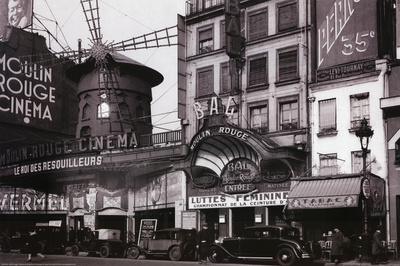
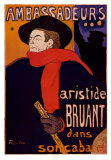
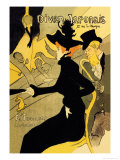
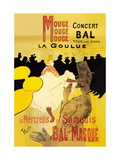
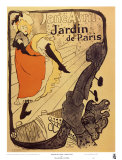

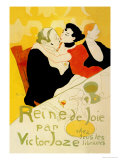
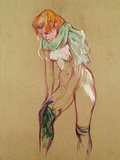
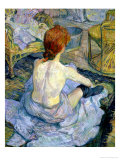
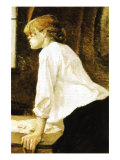
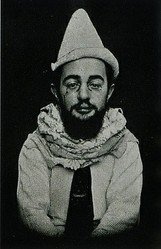

 Writing Posthumouslyon 05/08/2013
Writing Posthumouslyon 05/08/2013
 God or The Queen: Your Choiceon 05/04/2013
God or The Queen: Your Choiceon 05/04/2013
 Broken Ankle Boogieon 05/02/2013
Broken Ankle Boogieon 05/02/2013
 Review: A Dangerous Methodon 04/30/2013
Review: A Dangerous Methodon 04/30/2013
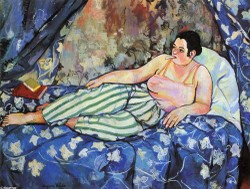
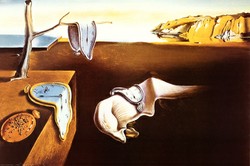

Comments